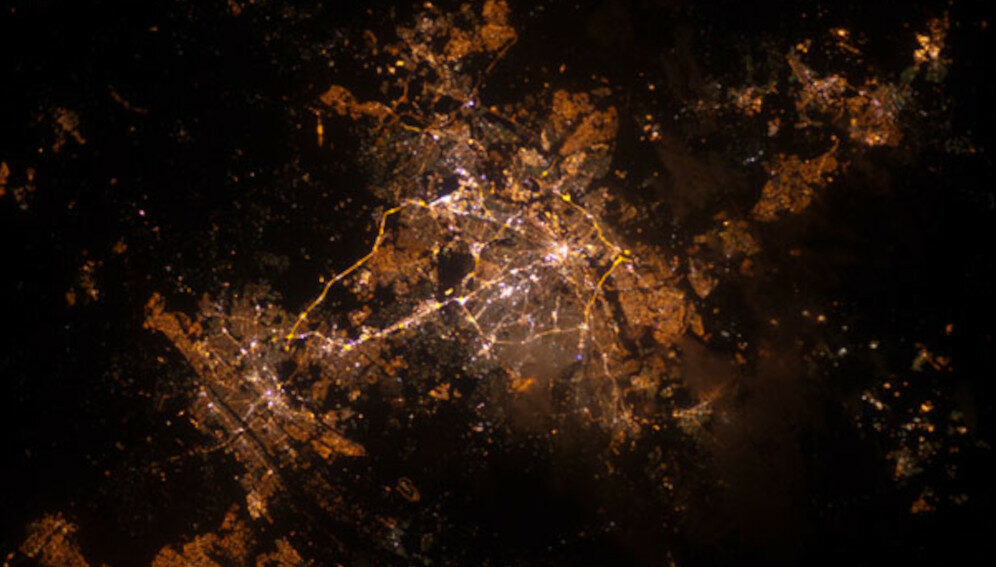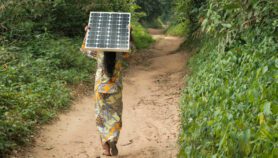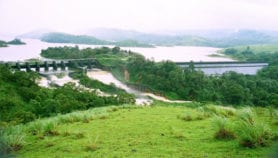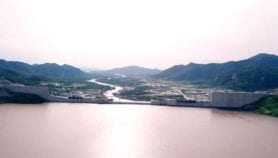11/05/22
Satellites chart unlit territory and poverty hotspots

By: Dann Okoth
Send to a friend
The details you provide on this page will not be used to send unsolicited email, and will not be sold to a 3rd party. See privacy policy.
Almost one in five of the world’s settlements are entirely unlit at night, according to satellite imagery which researchers say can be used to target development aid and infrastructure.
About 770 million people on the planet live without electricity, mostly in Africa and Asia, according to the International Energy Agency. It says COVID-19 has halted progress on access and worsened energy purchasing power of households in developing countries.
New analysis by the International Institute for Applied Systems Analysis (IIASA), published in Nature Communications, used satellite data from unlit areas to map poverty and wealth levels in almost 50 countries.
“Connectivity is the big game changer and that comes with cheap power and cheap access to the web and understanding how to use internet.”
Alexander Valeton, director, Yielder
Ian McCallum, a research leader at IIASA who co-authored the study, told SciDev.Net: “Africa and Asia tend to show the least amount of human settlement lighting.
“This is not unexpected, but we now quantify this. As both regions have very rural populations they tend to contain significant portions of unlit settlements infrastructure.”
Africa accounted for 39 per cent and Asia for 23 per cent of unlit settlements, with these numbers rising to 65 per cent and 40 per cent respectively when only rural infrastructure was considered.
Several countries in the Middle East were also found to have large areas of unlit infrastructure.
Researchers have for decades used satellite images of earth at night — commonly referred to as nighttime radiance or night lights — to map out economic growth, poverty and inequality, especially in places where data is lacking. This has shown a link between lit infrastructure and gross domestic product.
But data analysis using this method has traditionally focused on lit areas while ignoring unlit areas, say the researchers.
“We found that it actually works the other way around and that focusing on the unlit areas is a good indicator of poverty,” McCallum said.
“In this study we turned attention to those areas using the most accurate dataset available of building footprints. In particular we wanted to quantify the amount of human settlements that do not have associated lighting.”
The researchers used a geospatial wealth index compiled by the Demographic and Health Surveys programme to map out the economic status of around 2.4 million households for 49 countries across Africa, Asia and the Americas.
They combined this data with satellite images of global nighttime lights and found that 19 per cent of the total settlement footprint had no associated, detectable artificial radiance.
Overwhelmingly, there was a clear link between increasing percentages of unlit communities in a country and decreasing economic wellbeing, according to the study,
“We have to caution here that it does not mean these communities don’t have any light,” McCallum said. “Just that they’re not detectable via satellite. Solar power, kerosene, generators may all be providing light in these settlements, but will likely be shut off when satellite passes overhead after midnight, or simply not generate enough light to be detected.
“Nonetheless, it is important to try to demonstrate in numbers the amount of infrastructure that has no or little associated lighting.”
Low-income countries suffer disproportionately from lack of access to electricity and clean energy for cooking, heating, and lighting. And access to electricity is seen as vital to achieving many of the UN’s sustainable development goals.
The researchers say their findings could be useful to non-profit organisations and aid agencies to strengthen their cause for funding for rural regions, as well as governments and industry to prioritise areas for development.
But Alexander Valeton, director at Yielder, an information communication and training platform for agribusiness in East Africa, says governments and power suppliers already know where the coverage gaps are.
He believes the problem goes beyond power supply. “Electricity does not mean being connected. Connectivity is the big game changer and that comes with cheap power and cheap access to the web and understanding how to use [the] internet,” Valeton said.
“Power is expensive so people with ambitions will move to places where power is cheap. Hence rural-urban migration, especially among the youth.”
This trend is making wealth creation and development in rural areas all the more difficult, says Valeton. “There is now a deep divide between the poor and old up-country and [the] relatively rich and young in cities,” he added.
This piece was produced by SciDev.Net’s Global desk.















